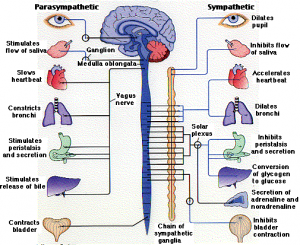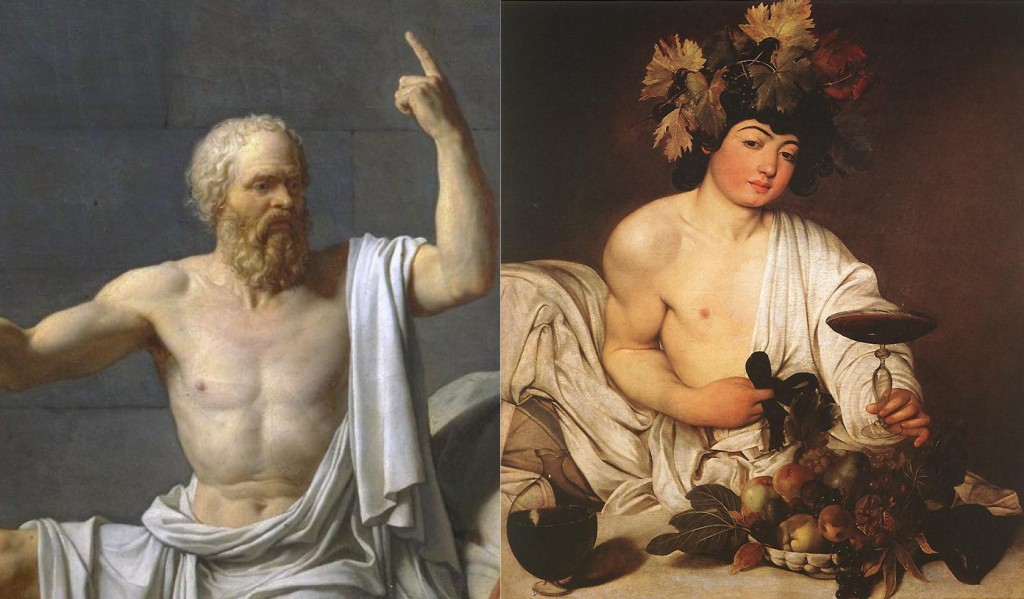 At the end of Philosophy for Life, I asked what the Socratic-Stoic tradition of philosophy misses out, and suggested there is an alternate approach to life and to emotional healing, which I called the Dionysiac tradition:
At the end of Philosophy for Life, I asked what the Socratic-Stoic tradition of philosophy misses out, and suggested there is an alternate approach to life and to emotional healing, which I called the Dionysiac tradition:
The virtues of the Socratic tradition are self-control, rationality, self-consciousness and measure. The Socratic tradition typically puts forward a hierarchy of the psyche, in whcih the conscious, reasoning parts of the psyche are highest, and the intuitive, emotional and appetitive parts of the psyche are lowest. The Dionysiac tradition celebrates a very different way of life. Where Socrates preaches self-control, Dionysus urges us to lose ourselves in sex, music, dancing and ecstasy.
The Socratic approach uses conscious reasoning as the means to emotional healing and virtue. Our emotions are caused by – or in some sense are – our beliefs and judgements. Sometimes our beliefs are unwise or wrong, which causes us suffering. But we can use our reason to re-appraise, to think differently, believe and behave differently, and this will bring us healing and wisdom.
This is the idea at the heart of Socratic philosophy, and the Neo-Stoic or cognitive theory of the emotions which is found in cognitive psychology, Cognitive Behavioural Therapy, and in the philosophy of Martha Nussbaum and many other virtue ethicists.
It’s true to an extent, and it can bring people a lot of healing. But it’s not the whole story. It is a partial account of the truth. It misses stuff out. If that’s all you know about the psyche, your philosophy of life will be over-rationalistic, and less effective than it could be in helping people heal and flourish.
Emotions and the Autonomic Nervous System
What I call the Dionysiac approach has a different theory of the emotions. It suggests that some forms of emotion – we might prefer to call them moods or feelings – are not primarily forms of cognitive appraisal. Instead, they are non-cognitive and physiological.
Our body, our Autonomic Nervous System, our limbic system, reacts automatically to a stimulus with powerful physical reactions (gut feelings, skin tingling, heart palpitations, heavy or shallow breathing, involuntary limb movements and so on), which our neo-cortex may then appraise and turn into an emotion.
William James, the most famous defender of this theory, described it thus. We see a bear. Our heart starts pounding, our hair stands on end, our body is flooded with adrenaline, we jump out of our skin and start running away, and as we’re running, we think to ourselves ‘this is fear, I’m afraid of that bear’. The bodily reaction comes first, and then the mind recognizes the body’s reaction and categorizes it as an emotion. The emotion, James suggests, is the physiological response.
This more non-cognitive account of the emotions focuses particularly on the Autonomic Nervous System, also known as the visceral or involuntary nervous system, regulated by the hypothalamus and running through the ganglia to our pupils, hair, skin, heart, lungs, stomach, groin and limbs.
The ANS also seems to be involved in trance states or altered states of consciousness. Music, poetry or cinema, for example, appears to have the power to send us into trance states by operating directly on our ANS rather than through our conscious rational reasoning – we feel it in our gut, it makes our skin tingle, our pupils dilate, our heart pound, and before we know it we are crying or euphorically dancing, almost involuntarily (see particularly Judith Becker’s Deep Listeners: Music, Emotion and Trancing). Our cognitive rationality is suspended, we go into a trance state, and are absorbed in the moment and the feeling.
The Stoics were aware of involuntary physiological reactions to shocks – they called them ‘first movements’. For example, a Stoic philosopher might be on a ship in a storm, and might turn pale and start shivering from fear. However, the Stoics insist it’s only an emotion if the philosopher gives their conscious assent to their physical reactions and thinks ‘this really is a scary and terrible situation’.
Seneca writes:
Emotion does not consist in being moved by the impressions that are presented to the mind, but in surrendering to these and following up such a chance movement. For if anyone supposes that pallor, falling tears, sexual excitement or a deep sigh, a sudden brightening of the eyes, and the like, are evidence of an emotion and a manifestation of the mind, he is mistaken, and fails to understand that these are just disturbances of the body.
So according to the Stoics, our ANS system may react powerfully to things – our toe may start tapping, our teeth may chatter, our heart may pound, our skin may tingle, we may even go into some kind of trance state or dissociative fit. The Stoic may feel all these things, but as long as the neo-cortex does not give its assent to these physical disturbances, it’s not an emotion, it’s ‘just disturbances of the body’. It’s a strange dualist separation of mind and body for a supposedly materialist philosophy.
On the one side, then, are the Stoics and Neo-Stoics like Martha Nussbaum, who defend a rationalist and cognitive theory of the emotions, in which any emotion must involve an evaluation or judgement of value. On the other side – the side which Nussbaum calls ‘the Adversary’ – are James, Damasio, Joseph LeDoux, Jonathan Haidt, Pascal and other ‘intuitionists’, who challenge the cognitive theory of the emotions and insist that sometimes our moods, feelings and emotions don’t involve conscious rationality primarily or indeed at all. The ANS has its reasons of which the neo-cortex knows nothing, as Pascal almost put it.
Primary and secondary emotions
It’s a fault line that runs right through modern thinking about the emotions and the best way to heal them. Which is true?
 It seems to me that both accounts are true, both capture something important about the emotions. Perhaps, as Antonio Damasio argues, there are two different ways we can feel emotions – primary and secondary. Primary emotions are mainly autonomic and physiological. These occur in all animals, and perhaps to some extent in plants too. Secondary emotions, by contrast, involve some cognitive evaluations or re-evaluations, both of our physical response and of the stimulus that prompted it. Secondary emotions involve the neo-cortex, the most recently evolved part of our brain.
It seems to me that both accounts are true, both capture something important about the emotions. Perhaps, as Antonio Damasio argues, there are two different ways we can feel emotions – primary and secondary. Primary emotions are mainly autonomic and physiological. These occur in all animals, and perhaps to some extent in plants too. Secondary emotions, by contrast, involve some cognitive evaluations or re-evaluations, both of our physical response and of the stimulus that prompted it. Secondary emotions involve the neo-cortex, the most recently evolved part of our brain.
The Stoic or Neo-Stoic account tends to focus entirely on secondary emotions. As a result, Stoic therapy, or Cognitive Behavioural Therapy, tends to focus mainly on cognitive re-appraisal and re-thinking as the best method for emotional regulation and healing.
But that is not enough. It does not give an adequate account of our powerful emotional and visceral responses to, say, the arts, or sex, or nature, or drugs, or some forms of meditation or ecstatic religious experience. It gives an account of rational consciousness (probably involving the neo-cortex), but not of other states of consciousness which are more hypnagogic or trance.
Stoics and Neo-Stoics are suspicious of these sorts of visceral emotional states because they are so powerful, and because they seem to by-pass or over-throw our rationality (which they insist is the sovereign or divine part of us). That’s why Plato is so suspicious of poetry – it creates a form of ecstasy in which we are no longer master of our self, and Plato’s philosophy is all about becoming master of your self.
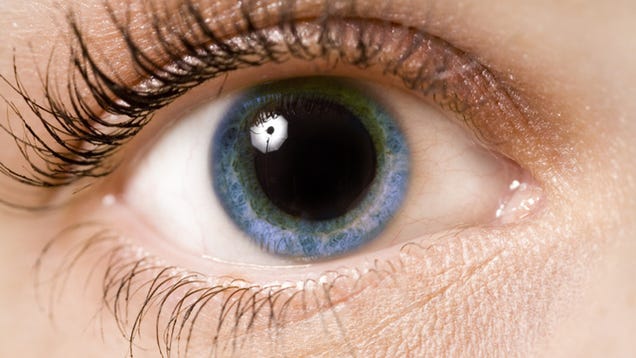
Dilated pupils: one of the classic responses of the ANS
But here’s the key point. Our Autonomic Nervous System is not entirely Autonomic. We can consciously engage in practices which operate through the route of ‘primary emotions’, that’s to say, directly into our ANS. This can be very healing, helping us to alter the ‘milieu’ or baseline of our daily moods in a way that the cognitive appraisal of CBT does not always do.
And such ANS-targeted practices transform our consciousness, giving us different ways of being and knowing beyond rationality. These different ways of being and knowing can sometimes give us the sense of connecting with the sacred or the divine. So they’re not necessarily ‘lower’ or more ‘bestial’ than conscious rationality, as philosophers have sometimes insisted. They are important parts of our psyche, which philosophy often leaves out.
ANS-targeted practices
What sorts of practices work directly on our ANS system?
Certain forms of meditation, like Transcendental Meditation or mindfulness, work not with our conscious rationality or logic, but instead work on our ANS to alter our consciousness and our emotions. That can be tremendously healing, as the evidence from 40 years of research into meditation shows. The repeated practice of meditation alters our baseline emotional state and our automatic reaction to potentially stressful stimuli. It alters our heart rate, our immune system, our breathing – and that all feeds into our thinking style, making us less likely to make anxious or depressed appraisals of events.
Likewise, we can consciously engage with the arts as a form of healing and emotional release. That’s precisely why dance is so important to human beings – it gives us a form of emotional catharsis that is more direct, more primary and non-cognitive than conscious rational deliberation. Philosophers (not traditionally the greatest dancers) have singularly failed to appreciate the power of dance to heal us, beyond a few brief statements in Plato or Rousseau.
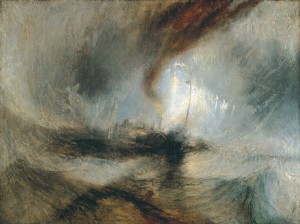 The emotional impact of the beauty of nature and art cannot be adequately explained by the Stoic or Socratic account of the emotions – this is why Nussbaum’s attempts at aesthetics are so tepid. As Burke understood, the sublime and the beautiful operate not on our reason, but on our nerves, our stomach, our guts. Burke wrote: ‘In every one of its modifications the sense of the sublime has its nervous basis, due to changes which are in some degree painful, and an analogous nervous basis may be discovered for the sense of the beautiful.’We don’t calmly and rationally process sublime scenes. On the contrary, we’re astonished by them – they overwhelm us, defy our ability to process them.
The emotional impact of the beauty of nature and art cannot be adequately explained by the Stoic or Socratic account of the emotions – this is why Nussbaum’s attempts at aesthetics are so tepid. As Burke understood, the sublime and the beautiful operate not on our reason, but on our nerves, our stomach, our guts. Burke wrote: ‘In every one of its modifications the sense of the sublime has its nervous basis, due to changes which are in some degree painful, and an analogous nervous basis may be discovered for the sense of the beautiful.’We don’t calmly and rationally process sublime scenes. On the contrary, we’re astonished by them – they overwhelm us, defy our ability to process them.
DH Lawrence and other Dionysiacs would also say, quite rightly, that sex is a powerful form of emotional catharsis, one unfairly denigrated by Stoics as ‘a rubbing together of bellies’ in Marcus Aurelius’ unhappy phrase. Erotic love gives us a form of knowing deeper and more visceral than conscious rationality. Our bodies, our ANS systems, intertwine. That can also be very healing.
And collective religious experiences are also a way of consciously manipulating and altering the Autonomic Nervous System. The music, the incense, the dancing, the singing, the prayer, the wine, the invocation of a Higher Power – all this by-passes our rationality and works directly on our primary emotions. And that can be tremendously healing and transformative.
Of all philosophers, William James understood best how healing the altered states of consciousness attained through stimulation of the ANS could be. His classic book, The Varieties of Religious Experience, challenges the Stoic idea that healing only comes about through conscious reasoning. Sometimes people are healed and released from their old emotional habits through profound visceral or trance experiences.
Of course, we may get a temporary healing or release through a night of passion, or dancing, or religious ecstasy, or ayahuasca. Still, I think the Stoics were right that if this temporary release is going to become permanent transformation, it also needs to involve our conscious rationality. A spiritual life that is all about feelings and not at all about rational beliefs will not have very deep roots. Nor would a spiritual life that is all based on rational beliefs and not at all on bodily feelings.
It would be unfair to say Stoic therapy is entirely rational and that it misses out completely the non-cognitive and the non-rational aspects of emotions. A defender of Stoicism would point to the role of visualization meditations in their therapy, and their sense of awe in nature – both of which are rational but also non-rational / visceral. Certainly Pythagoras and his follower Plato understood the power of music, dance, poetry and incantation to transform and heal our emotions.
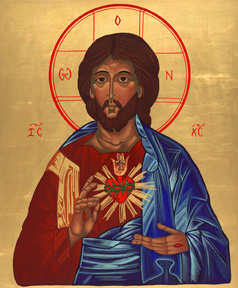 But in general, Greek philosophy is rather suspicious of non-rational or Dionysiac approaches to the emotions. I think Christianity has a greater sense of the healing and transformative power of music, architecture, poetry, liturgy, dance and trance states (although of course it steered well clear of any drugs besides incense and wine). Judeo-Christianity speaks not just of reason or logic, but of knowing God through the heart or even the bowels – we are often told in the New Testament that Jesus reacts to suffering in his splagchnon, his bowels – how different to a Stoic, who would dismiss such visceral reactions as ‘just disturbances of the body’.
But in general, Greek philosophy is rather suspicious of non-rational or Dionysiac approaches to the emotions. I think Christianity has a greater sense of the healing and transformative power of music, architecture, poetry, liturgy, dance and trance states (although of course it steered well clear of any drugs besides incense and wine). Judeo-Christianity speaks not just of reason or logic, but of knowing God through the heart or even the bowels – we are often told in the New Testament that Jesus reacts to suffering in his splagchnon, his bowels – how different to a Stoic, who would dismiss such visceral reactions as ‘just disturbances of the body’.
At its best, I think, Christianity can sometimes combine the rational ethical wisdom of Stoicism with the more non-rational, sublime or Numinous emotional experiences we have discussed. Though, I’m sure like a lot of you, I find my reason and my heart aren’t always in agreement.

